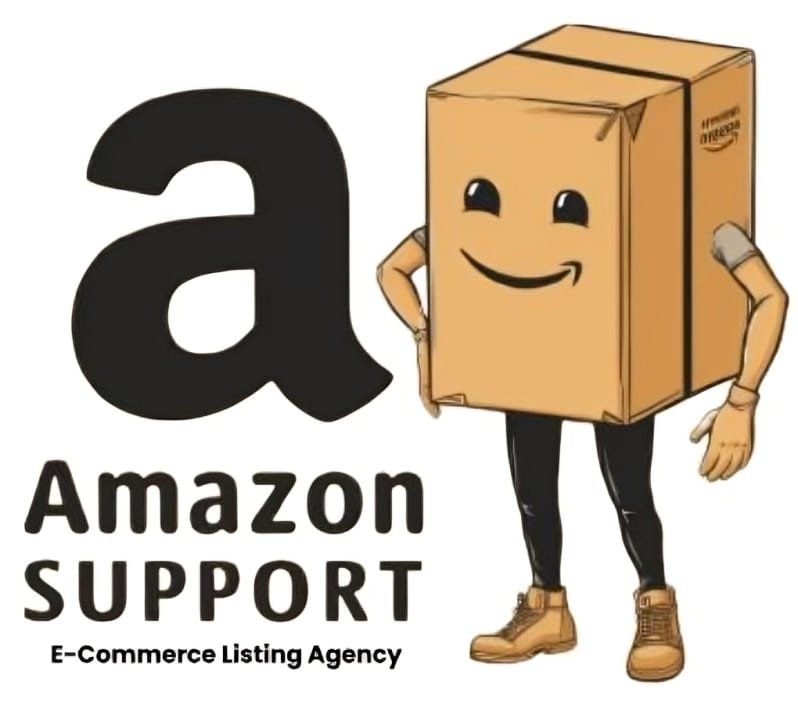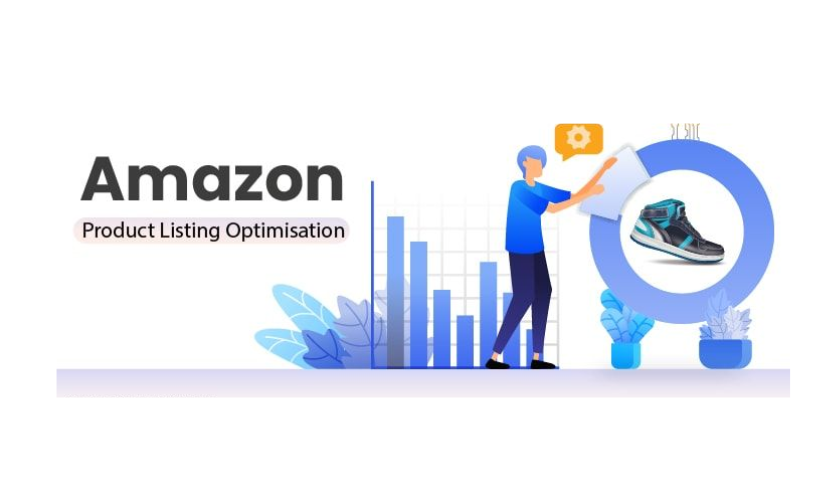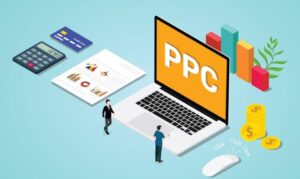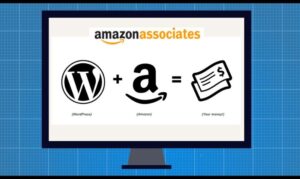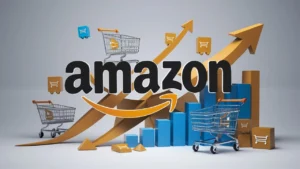Pricing a product isn’t just about covering costs and making a profit it’s about understanding human behavior. The way a price is presented can significantly impact customer perception, decision-making, and overall sales.Whether you sell on Amazon, Shopify, Etsy, or any other eCommerce platform, applying pricing psychology can help you hit the “sweet spot” a price that feels just right to customers while maximizing profitability.In this guide, we’ll explore the science behind pricing strategies, psychological triggers, and how to implement them in your product listings.
1. The Power of Charm Pricing (The 9 Effect)
Why It Works:
Ending prices with 9 or 99 (e.g., $9.99 instead of $10) creates the illusion of a lower price, making products feel like a better deal.
Psychological Insight:
- Customers tend to read from left to right and process prices based on the first digit.
- $9.99 feels cheaper than $10 because our brains focus on the 9 rather than rounding up.
How to Apply It:
Use charm pricing for non-luxury products: $19.99 instead of $20
Test whole numbers for premium products: $100 instead of $99.99
Example:
“Wireless Earbuds – $50.00”
“Wireless Earbuds – $49.99”
2. The Decoy Effect: Guiding Customers to the Best Choice
Why It Works:
When given three pricing options, customers tend to pick the middle one, perceiving it as the best value.
Psychological Insight:
- Introducing a decoy product makes the target product look more attractive.
- Customers often avoid the cheapest and most expensive options, choosing the middle tier instead.
How to Apply It:
Offer three pricing tiers: Basic, Standard, Premium
Set the middle option as the best value
Make the highest-priced option significantly higher to make the middle one feel like a deal
Example:
- Basic Plan: $5/month (Limited features)
- Standard Plan: $15/month (Best Value)
- Premium Plan: $40/month (Advanced features)
Most buyers will go for $15/month instead of $5/month, thanks to the decoy effect!
3. The Power of Anchoring: Setting a Reference Price
Why It Works:
Customers base their perception of value on the first price they see.
Psychological Insight:
- If a product is first shown at a higher price and then discounted, it feels like a better deal.
- Customers use the first price they see as a comparison point (anchor).
How to Apply It:
Show original prices crossed out next to discounted prices
Use “Was $99, Now Only $69!” to highlight savings
Offer bundles where the single-item price looks expensive compared to the multi-pack
Example:
“Smartwatch – $79.99”
“Smartwatch – Was $99, Now $79.99 (Save 20%)”
This simple tweak makes customers feel like they’re getting a deal!
4. Odd vs. Even Pricing: Which One Works Best?
Why It Works:
- Odd prices ($7.99, $19.95) feel discounted and budget-friendly.
- Even prices ($100, $200) feel premium and high-end.
Psychological Insight:
- Odd pricing suggests savings and deals.
- Even pricing is associated with quality and luxury.
How to Apply It:
Use odd prices for budget and impulse buys ($19.99 instead of $20)
Use even prices for premium or luxury products ($200 instead of $199.99)
💡 Example:
- Budget item: “T-Shirt – $14.99” (Feels like a deal)
- Luxury item: “Handmade Leather Bag – $250” (Feels high-end)
5. Bundle Pricing More Value More Sales
Why It Works:
Customers perceive bundles as higher value even when the total cost is the same as buying separately.
Psychological Insight:
- Buying a bundle feels like getting more for less.
- The price per item feels cheaper, increasing perceived savings.
How to Apply It:
Offer “Buy One, Get One 50% Off” deals
Sell products in multi-packs (e.g., 3 for $25 instead of 1 for $10)
Create value bundles (e.g., “Starter Kit: Includes 3 Items for $39.99”)
Example:
“One Yoga Mat – $30”
“Set of 2 Yoga Mats – Only $49.99 (Save 15%)”
6. Free vs. Discounted Shipping: What Works Best?
Why It Works:
Customers hate unexpected costs at checkout especially shipping fees!
Psychological Insight:
- Free shipping feels like a better deal, even if the total cost is the same.
- “Spend $50 to Get Free Shipping” increases cart value.
How to Apply It:
Offer free shipping over a minimum spend to boost order value
Include shipping in the price and advertise it as “Free Shipping”
Use flat-rate shipping instead of complex fees
Example:
“Shoes – $40 + $5 shipping”
“Shoes – $45 (Free Shipping!)”
Customers will almost always prefer the second option!
7. Creating a Sense of Urgency & Scarcity
Why It Works:
People fear missing out (FOMO), leading to faster purchases.
Psychological Insight:
- Limited-time discounts push customers to buy now.
- Low-stock alerts create urgency to act fast.
How to Apply It:
Add “Limited Time Offer!” in your product description
Show real-time stock levels (e.g., “Only 5 Left!”)
Use countdown timers for sales
Example:
“On Sale Now!”
“Hurry! Only 3 Left at This Price – Order Now!”
Finding the Sweet Spot
Pricing psychology is about more than just numbers it’s about influencing perception and buying behavior. By implementing these strategies, you can create high-converting product listings that maximize sales while keeping customers happy.
Key Takeaways:
- Use charm pricing ($9.99 instead of $10)
- Apply the decoy effect to guide choices
- Use anchoring to highlight discounts
- Pick odd vs. even pricing based on your brand
- Offer bundles for more value
- Make shipping feel free
- Create urgency & scarcity to drive sales
